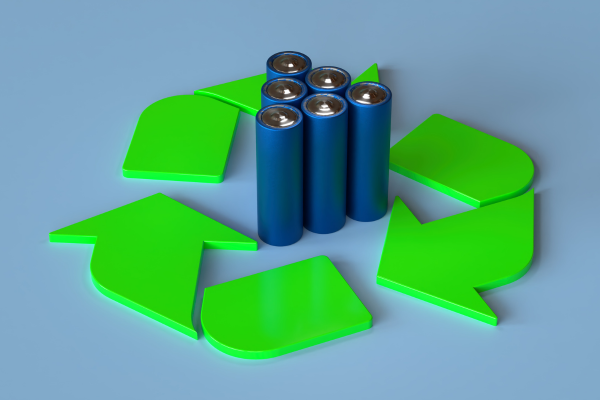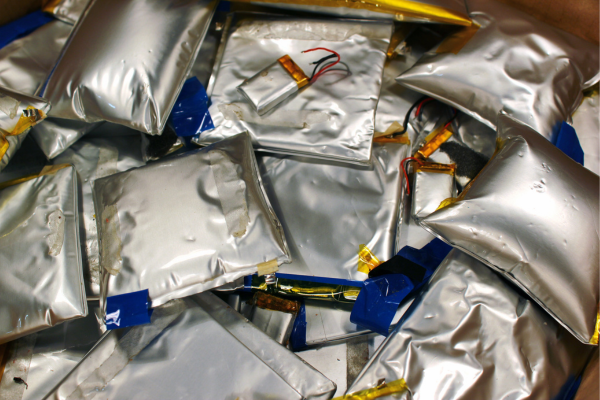Battery Recycling Information and Tips
The Battery Recycling Process Explained
How we break down batteries and use them to make something new!

From sorting to shredding
Dismantling Batteries
- The first step in battery recycling involves dismantling the batteries to separate their individual components.
- Depending on the scale of recycling operations, this process can be done manually or through automated methods.
- During dismantling, batteries are carefully taken apart to access their internal components.
- After dismantling, the batteries undergo shredding.
- In this stage, the batteries are shredded into small pieces.
- Shredding helps break down the battery materials further, making them easier to process.

Once sorted, the materials are grouped together
Lithium-Ion Batteries
Lithium-ion batteries, found in devices like smartphones and electric vehicles (EVs), consist of various materials.
After shredding, the separated cells are further processed.
Metal Solids:
- These include copper, aluminum,
and cobalt. - These metals are valuable and can be reused in various industries.
Lithium Brine Slurry:
- This contains dissolved electrolytes and lithium
salts. - Lithium salts are essential for producing new lithium-ion batteries.
Li-Ion Fluff:
- This mixture consists of plastics and some steel.
- Plastics can be recycled, and steel can be repurposed.




